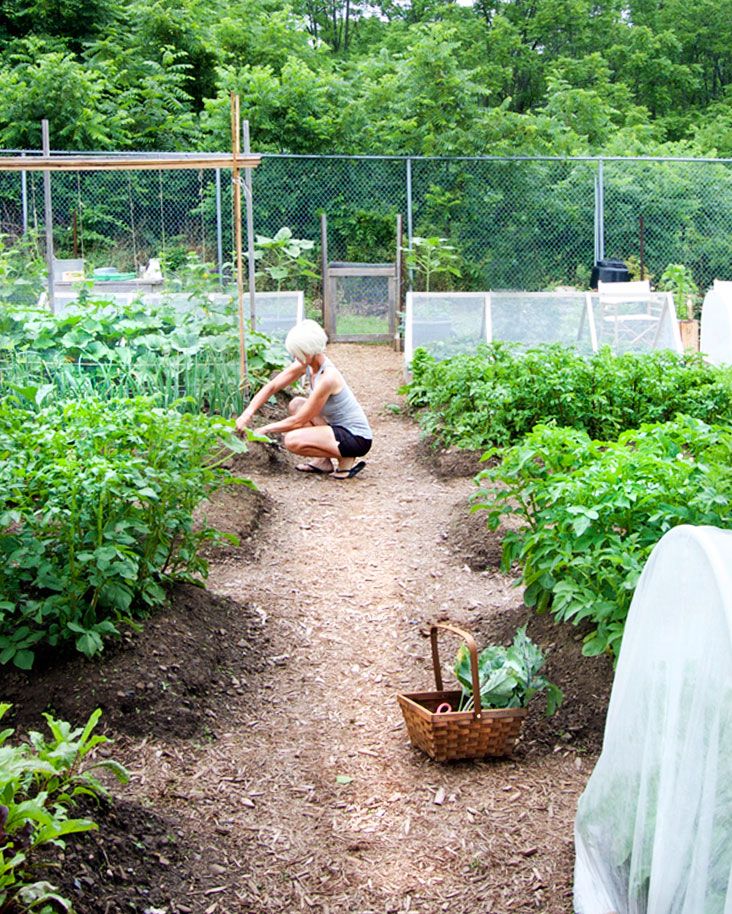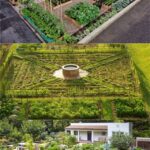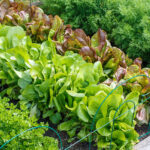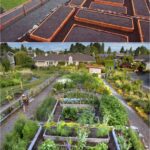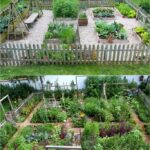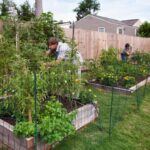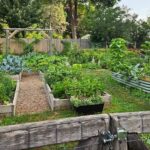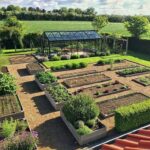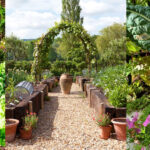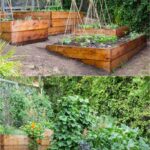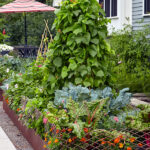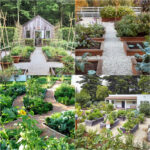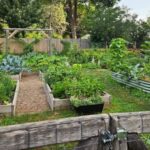Designing a vegetable garden can be a fun and rewarding project for any gardening enthusiast. When planning out your garden, it’s important to consider several key factors to ensure a successful and thriving harvest. One of the first things to consider is the layout of your garden. You’ll want to make sure that your garden receives adequate sunlight throughout the day, so be sure to position your beds accordingly.
When it comes to the shape and size of your garden beds, there are several options to consider. Raised beds are a popular choice for vegetable gardens as they provide better drainage and can help to avoid soil compaction. You can also opt for traditional in-ground beds or container gardens if space is limited. Whichever option you choose, be sure to leave enough space between rows for easy access and maintenance.
Another important aspect of vegetable garden design is considering the types of vegetables you want to grow. Some plants, such as tomatoes and peppers, require more space to sprawl out, while others, like lettuce and radishes, can be planted closer together. Be sure to research the specific spacing and planting requirements for each type of vegetable you plan to grow to maximize your harvest.
In addition to proper layout and spacing, soil quality is essential for a successful vegetable garden. Be sure to test your soil to determine its pH levels and nutrient content, and amend it as necessary to provide the optimum conditions for your plants. Adding compost and other organic matter can help improve soil structure and fertility, leading to healthier plants and higher yields.
Incorporating companion planting techniques into your vegetable garden design can also help improve plant health and deter pests. Planting certain vegetables together can help repel insects and attract beneficial pollinators, leading to a more bountiful harvest. Be sure to research which plants work well together and which ones should be kept apart to maximize your garden’s productivity.
Overall, designing a vegetable garden is a creative and enjoyable process that can yield delicious rewards. By considering factors such as layout, bed shape and size, plant selection, soil quality, and companion planting, you can create a thriving and productive garden that will provide you with fresh, homegrown produce all season long. Happy gardening!
